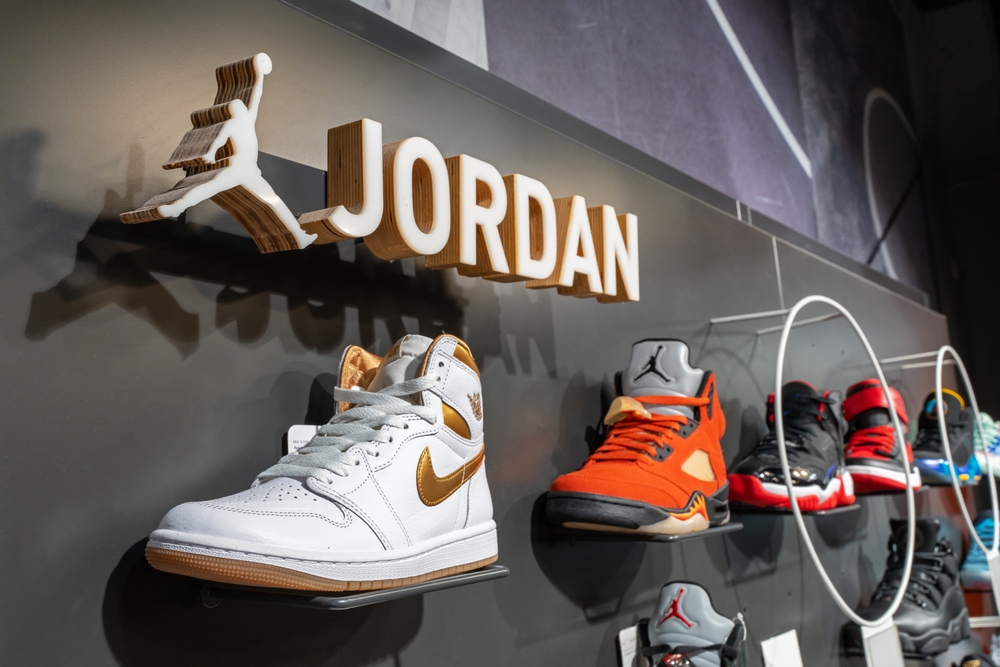In the world of personal care, what was once considered essential now feels like a treat. Welcome to the age where your basic self-care routine seems to need its own budget line. We all want to look after ourselves, but the price tags on everyday items have turned what was affordable into a luxury. It’s a little bit shocking and a lot frustrating. Let’s take a look at some personal care items that have climbed out of the bargain bin and into the realm of unattainable luxuries.
1. Shampoo

Remember when grabbing a bottle of shampoo was a mindless task during your grocery run? Now, it’s an exercise in budget management. As prices inch upward, picking your favorite brand feels like picking a splurge. According to a study by the Bureau of Labor Statistics, personal care product prices rose significantly over the past year, making shampoo a surprising wallet-drainer. With salon brands already expensive, even drugstore options are now stretching budgets. It’s enough to make you reconsider how often you really need to wash your hair.
This price rise isn’t just a story about inflation. It’s also about packaging, ingredients, and marketing costs that get passed to you. Shampoo, something you used to buy without a second thought, is becoming a considered purchase. You might find yourself gravitating towards sales or bulk buying to save a few bucks. Or, worse, experimenting with homemade alternatives that don’t quite do the job.
2. Conditioner
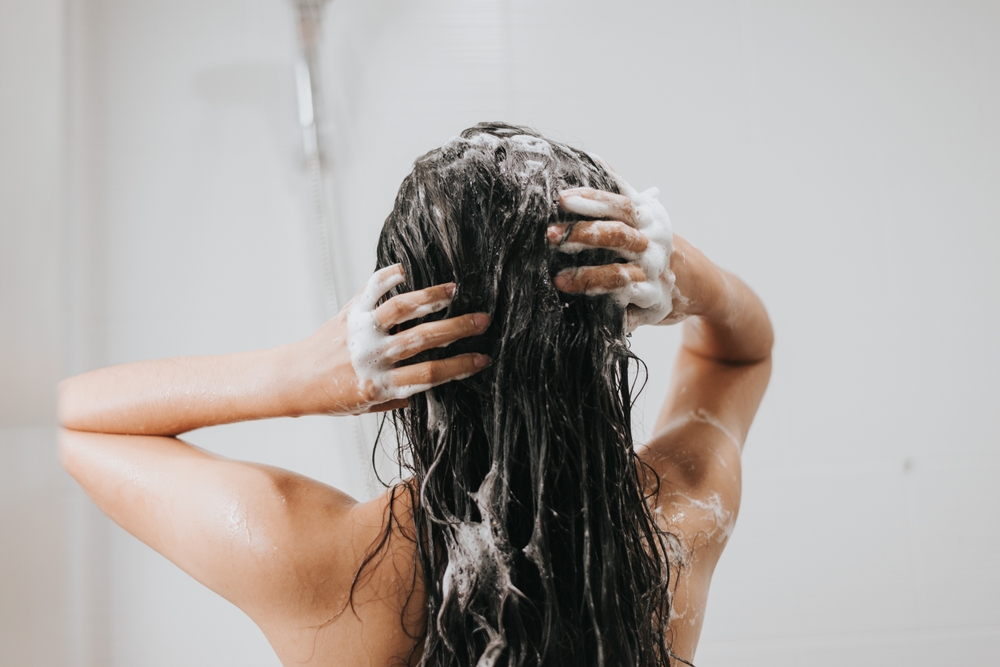
Just as essential as shampoo, conditioner has followed the same pricey trajectory. Once a valued part of the duo, it now feels like an indulgence. While it used to be the companion you added automatically to your cart, now you pause and think. You might wonder if you really need it at all and contemplate skipping it to save money. But your hair knows the difference, and it’s hard to ignore the impact of skipping conditioner on your good hair days.
The rise in conditioner prices is tied to the same factors affecting shampoo. The quest for healthier, more natural ingredients means higher costs. You might find yourself trying to make the conditioner stretch, using it sparingly. It’s a frustrating compromise, balancing hair health with financial health. It’s as if silky, smooth hair has become a symbol of financial privilege.
3. Razor Blades
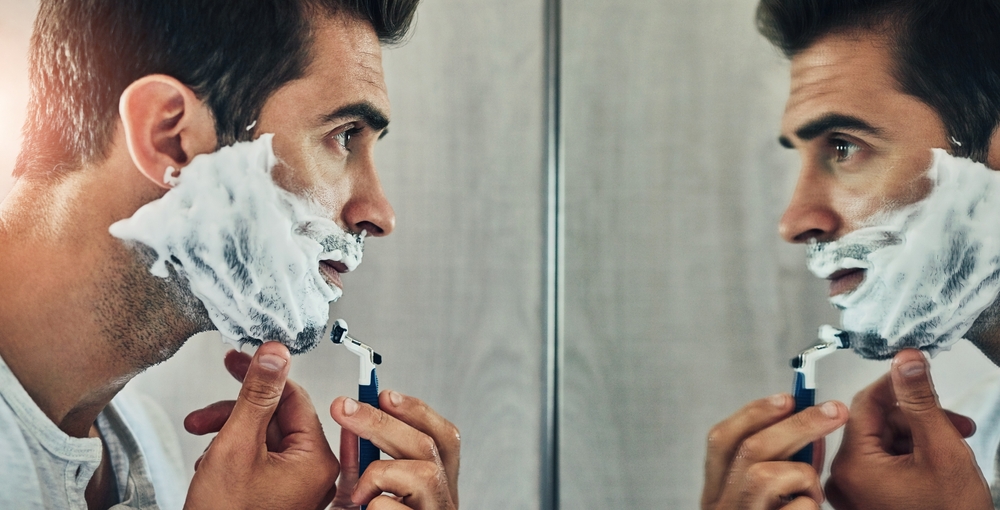
Buying a pack of razor blades used to mean just popping a few dollars out of your wallet. Now, it’s like a small financial commitment. Prices for razor blades have increased substantially, causing many to rethink their hair removal routines. According to Mary Johnson, an economist at Consumer Reports, the cost of metals and manufacturing has led to this hike. You might even reconsider whether you need to shave as often or explore alternative hair removal methods.
The pain of razor blade prices doesn’t stop at the cash register. It’s also felt every time you stretch out the use of a blade past its prime. Blades that aren’t sharp can cause skin irritation or not provide a close shave, leaving you with a less than perfect result. The sting of a dull blade is only matched by the sting of their price. It’s a small but sure sign of how everyday luxury can slowly slip out of reach.
4. Toothpaste
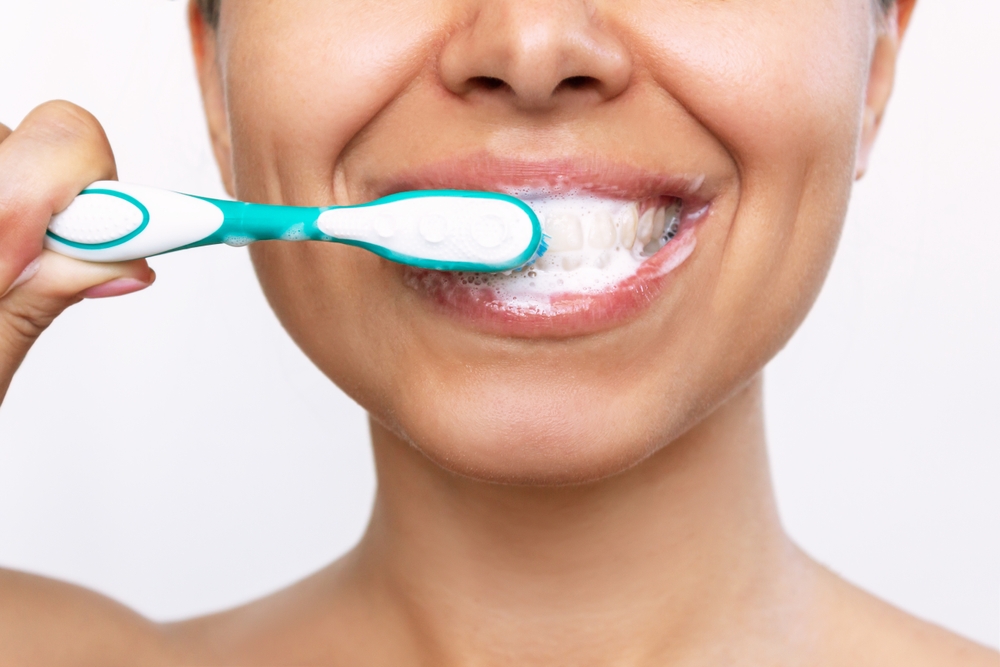
A fresh, minty smile doesn’t come cheap these days. Toothpaste, a staple of hygiene, has seen its price tick upward. Once a straightforward purchase, now it requires shopping around for discounts or opting for generic brands. The demand for specialized toothpaste for whitening or sensitivity adds extra costs. It’s a reminder that even basic health needs can become a financial consideration.
The toothpaste dilemma leaves you wondering if you should switch to baking soda. While it’s a cheaper alternative, it doesn’t carry the same conveniences. That’s the trade-off with many personal care items now—they’re either costly or inconvenient. You’re left juggling between quality, cost, and necessity. It’s a game of budgetary balance that’s less than ideal.
5. Deodorant
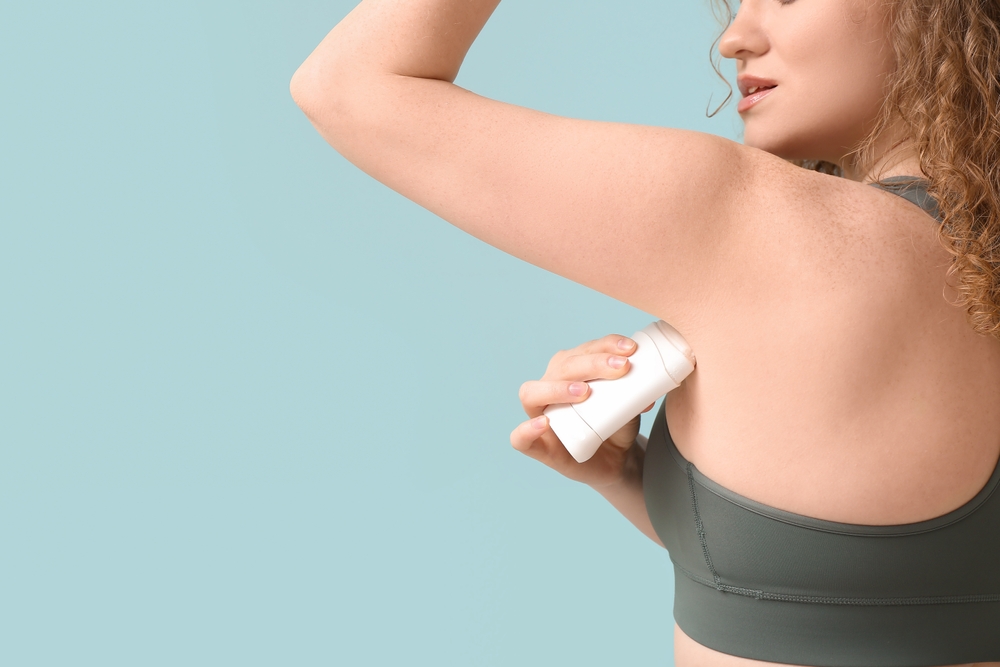
Deodorant is another item that’s quietly crept up in cost. It’s become a surprising luxury for staying fresh, especially as more people lean towards natural products. Dr. Emily Green, a product analyst at the Beauty Institute, notes that demand for aluminum-free deodorants has pushed prices up. The shift towards health-conscious products often comes with a higher price tag. It’s a classic case where what’s good for you might not be so good for your wallet.
In the past, you’d pick your scent or brand based on your mood or preference. Now, the choice is more about what fits into your budget. It might lead you to test out different brands, hoping to find a decent product at a decent price. Or, like many, you might end up buying in bulk to avoid constant price hikes. Either way, keeping yourself feeling fresh isn’t as straightforward as it used to be.
6. Body Wash

Body wash is no longer just a part of your shower routine—it’s a financial decision. The cost has quietly climbed, turning what was a simple pleasure into a small luxury. As brands push exotic scents and luxurious lathers, the price tag reflects their premium qualities. What was once a way to treat yourself daily now feels like an occasional indulgence. It’s a subtle reminder that something as simple as a shower can carry hidden costs.
Higher prices mean you might stretch your body wash further, using just a drop or two. It’s about making the bottle last as long as possible. This method might leave you feeling less refreshed, but it’s a small trade-off for savings. The choice between quality and cost seems to pop up with every personal care decision. It’s a balancing act that’s become all too familiar.
7. Facial Cleanser
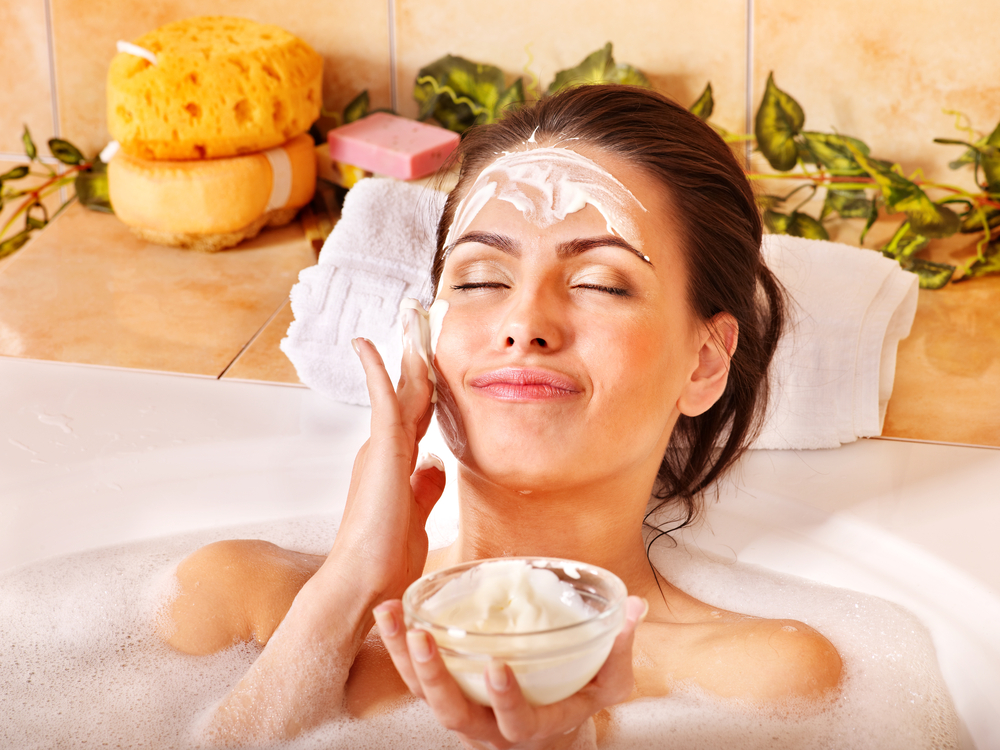
Facial cleansers, once a staple of skincare routines, now come with a hefty price tag. The rise of skincare awareness hasn’t helped your wallet, as demand has led to climbing costs. Dr. Lisa Wong, a dermatologist, states that consumer interest in active ingredients has significantly driven up prices. This means your quest for clear skin might be costing you more than ever before. It’s a little disheartening when cleanliness comes with such a premium.
You may find yourself comparing ingredients and looking for a budget-friendly cleanser that still works. Or perhaps you’re caught in the loop of trying different brands in hopes of finding the perfect balance of cost and effectiveness. The pursuit of clean, healthy skin shouldn’t feel like a luxury, yet here we are. It’s a frustrating reminder that even essential self-care can be financially taxing. After all, everyone deserves good skincare, not just those who can afford it.
8. Moisturizer
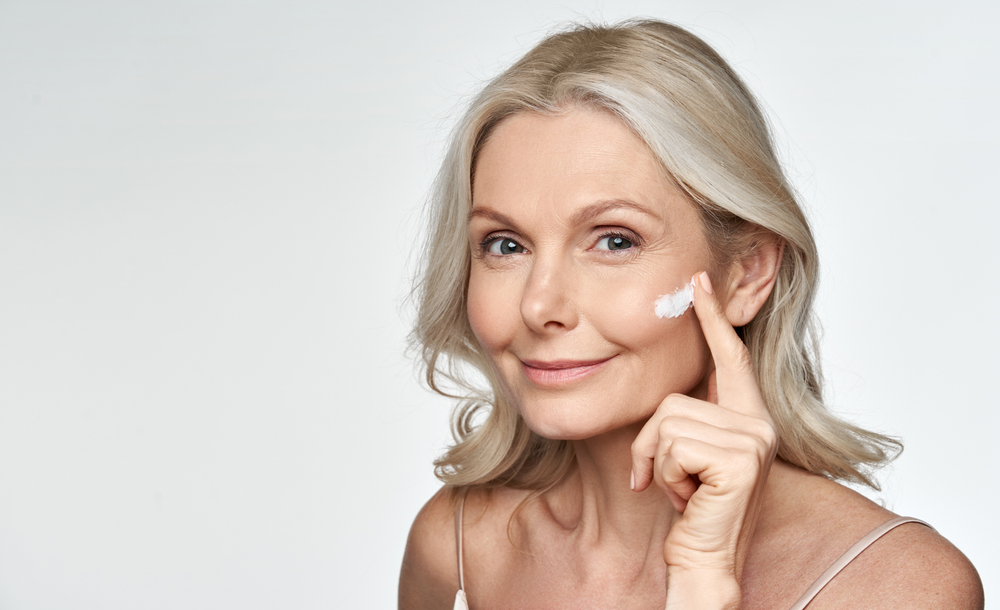
Moisturizer, the cornerstone of any skincare regimen, has jumped in price. What was once a simple, hydrating step now feels like a choice between your skin and your budget. As products promise anti-aging benefits and advanced hydration, their costs reflect these claims. It’s tempting to skip the step entirely when faced with a higher-than-expected price tag. Unfortunately, your skin tells the story if you do.
Finding a balance between effectiveness and cost becomes a daily task. You might stock up during sales or try cheaper alternatives with mixed results. Skipping moisturizer isn’t an option for most, especially those in harsher climates. It’s a necessary item that’s become a bit harder to justify financially. Still, in the end, you somehow make it work because good skin is hard to compromise.
9. Sunscreen

Sunscreen is a non-negotiable in skincare, but its rising cost might make you think twice. This vital product for protecting against sun damage has grown expensive, especially when opting for higher SPF levels. The market’s focus on broad-spectrum protection and added skincare benefits have inflated prices. It leaves you wondering if staying safe under the sun should come at such a cost. But skipping sunscreen isn’t an option when health is on the line.
The challenge is finding a sunscreen that fits your skin and budget. You might find yourself scanning sales or buying in bulk to offset costs. The irony is that what’s essential for skin health now feels like a luxury item. It’s a tough call between protecting your skin and protecting your bank account. Yet, the consequences of skipping out on sunscreen make the choice clear, even if it drains your wallet.
10. Hair Styling Products
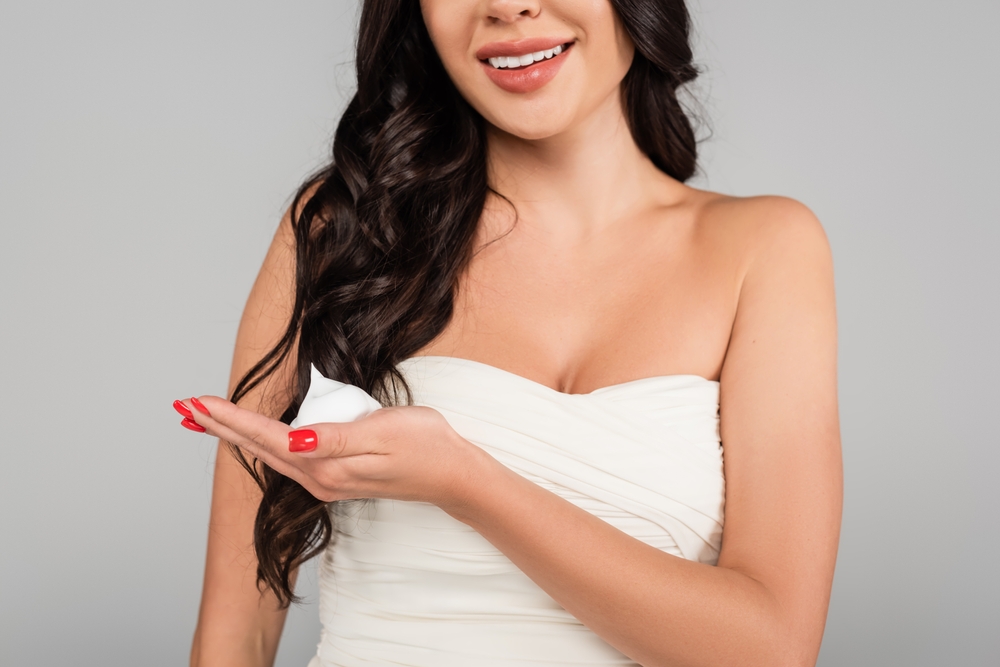
Hair styling products are another category where prices have quietly increased. From gels to sprays, these items that once offered convenience now require financial consideration. It’s about deciding which styling product you can go without or which one deserves the investment. It’s hard to justify spending on something that seems so temporary. Yet, the difference these products make in your daily routine is undeniable.
Shopping around for deals is almost a necessity if you want to keep your hair game strong. You might find yourself buying less frequently or opting for multi-use products. It’s a constant juggle between maintaining your style and maintaining your budget. And when your favorite product is on sale, it feels like a small victory. Ultimately, looking good shouldn’t be this costly, but it often ends up being so.
11. Makeup Remover
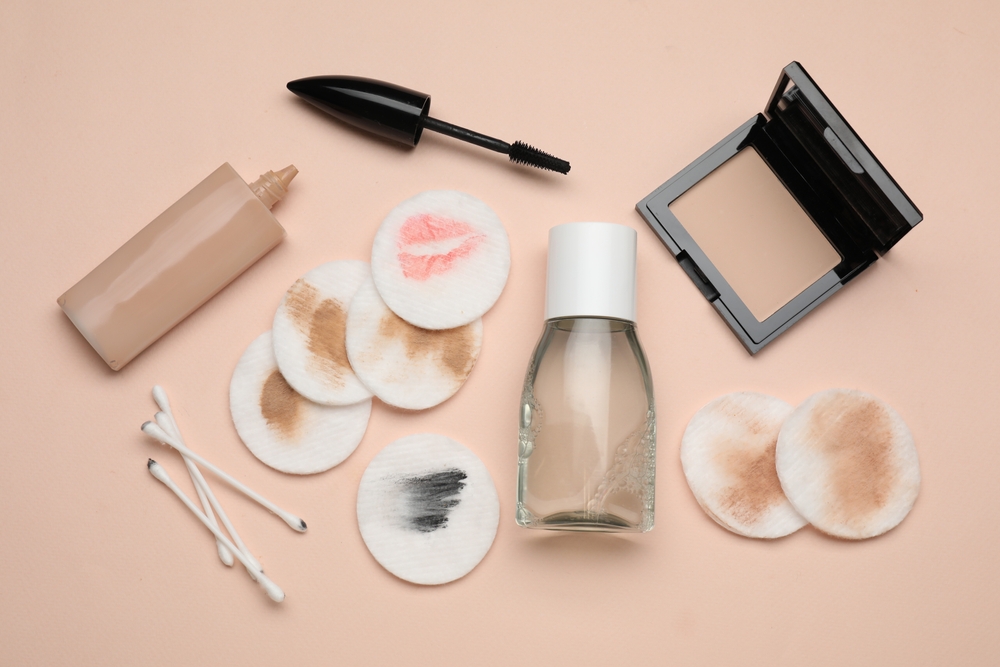
Makeup remover, once a simple part of your nightly routine, now comes with an unexpected price. The introduction of micellar waters and oil-based removers has shifted the market, and prices have followed suit. What was once a straightforward product has become a luxury if you’re aiming for quality. It’s a reminder that even cleaning up can be costly. The right makeup remover can make a difference, but the price tag might make you hesitate.
As costs rise, you might try to extend the life of a bottle by using less. Or you may experiment with cheaper alternatives that don’t quite deliver. The importance of removing makeup properly is well-known, making this a challenging compromise. It’s a classic scenario where necessity meets financial strain. But at the end of the day, your skin health outweighs the cost, even if it stings the wallet.
12. Hand Soap
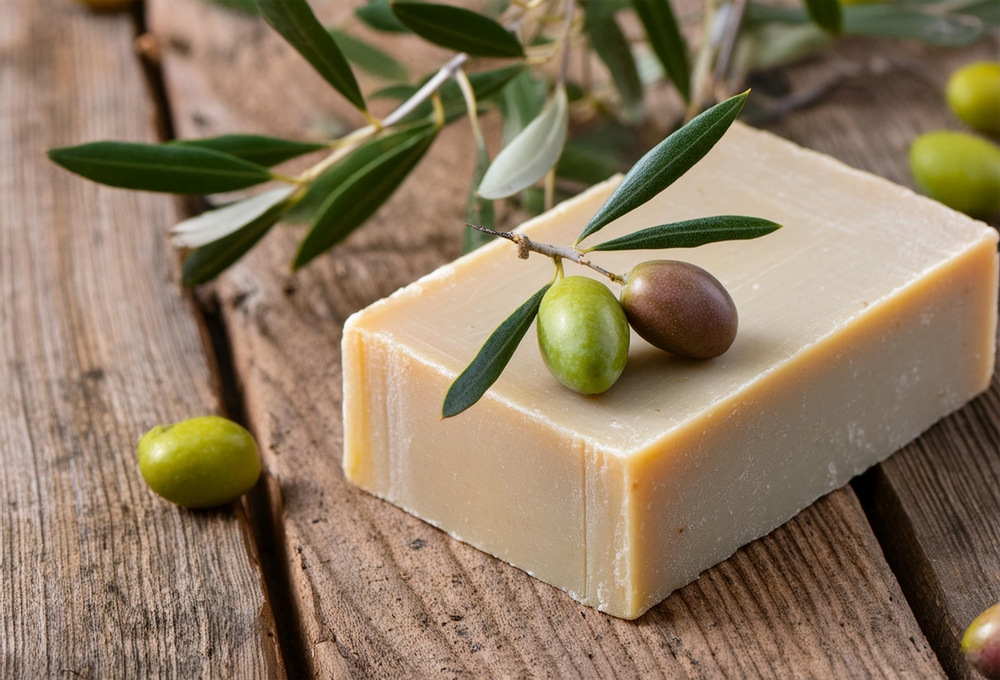
Once an overlooked item, hand soap has become a cost to consider. The shift towards antibacterial and naturally derived options has driven prices up. What was a casual buy is now a conscious choice, reflecting both health trends and cost concerns. It’s hard to ignore how something so essential has become a budget item. Clean hands are important, but the price of maintaining them has increased.
This shift means you may find yourself looking for sales or bulk deals. It’s about finding a balance between staying clean and staying within budget. The irony is that at a time when hygiene is more critical than ever, its cost is rising. It’s a frustrating reality of modern living where cleanliness comes at a price. Still, it’s a necessary expense for peace of mind.
13. Lip Balm
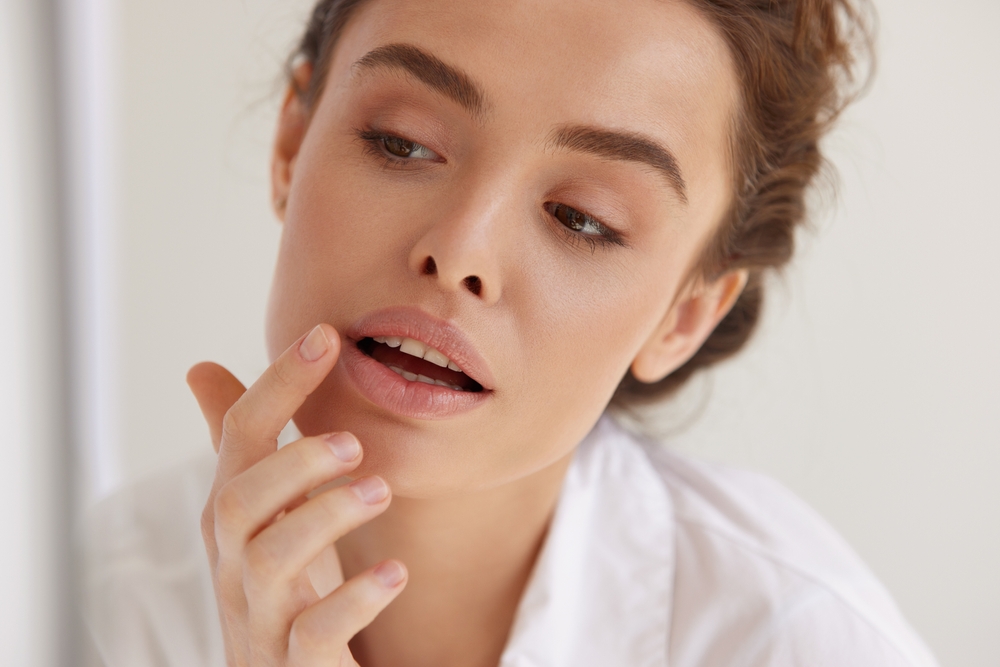
Lip balm, a tiny tube with a big job, costs more than you remember. With the rise of organic and flavored options, prices have climbed. What was a simple way to keep your lips moisturized is now a minor luxury. It’s a small item that adds up quickly to your budget, especially if you’re a frequent user. The allure of soft, hydrated lips comes with a price tag that might surprise you.
Finding a balance between quality and cost is a daily dance. You might buy in bulk or switch to a generic brand in hopes of saving money. The key, though, is making sure your lips don’t pay the price of your cost-cutting measures. It’s a perfect example of how even the smallest personal care items can become unexpectedly costly. Yet, the comfort they bring is often worth the extra few dollars.
This article is for informational purposes only and should not be construed as financial advice. Consult a financial professional before making investment or other financial decisions. The author and publisher make no warranties of any kind.






